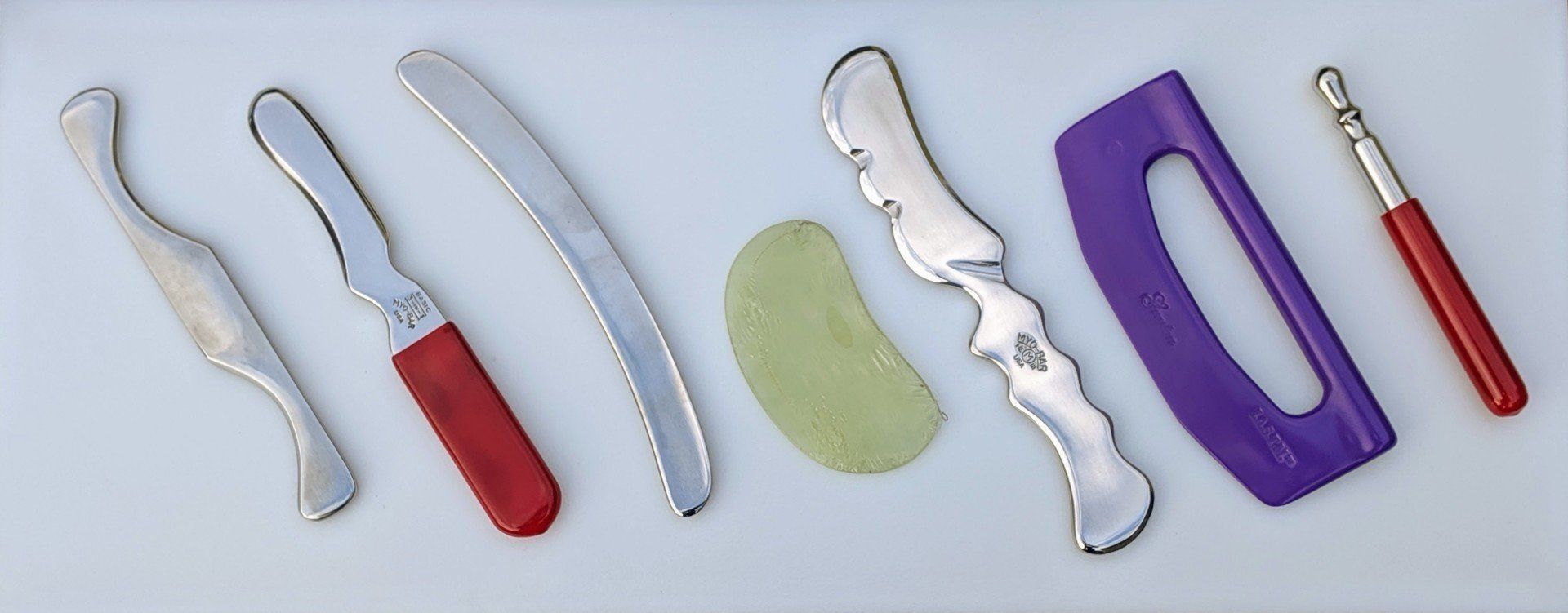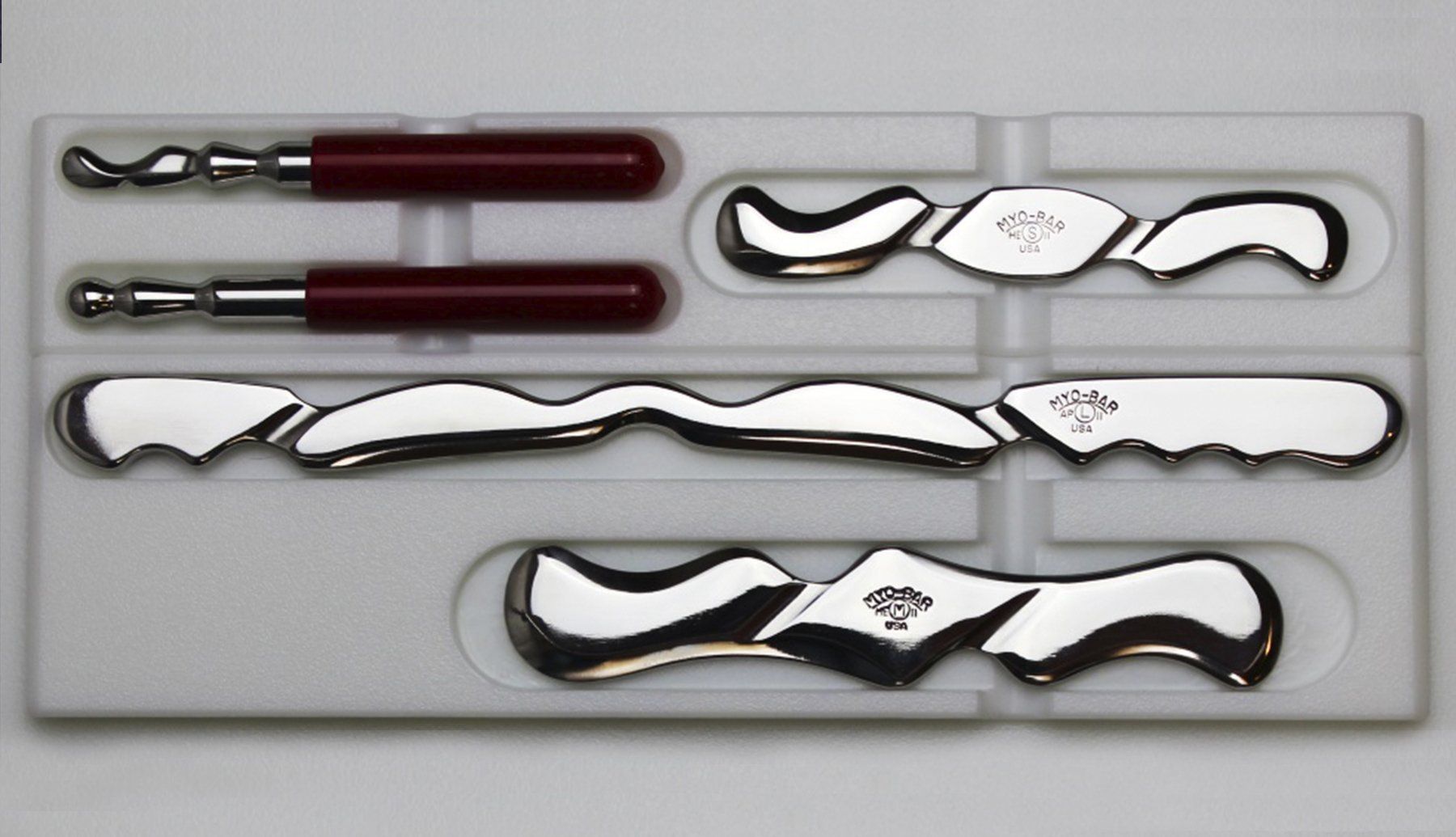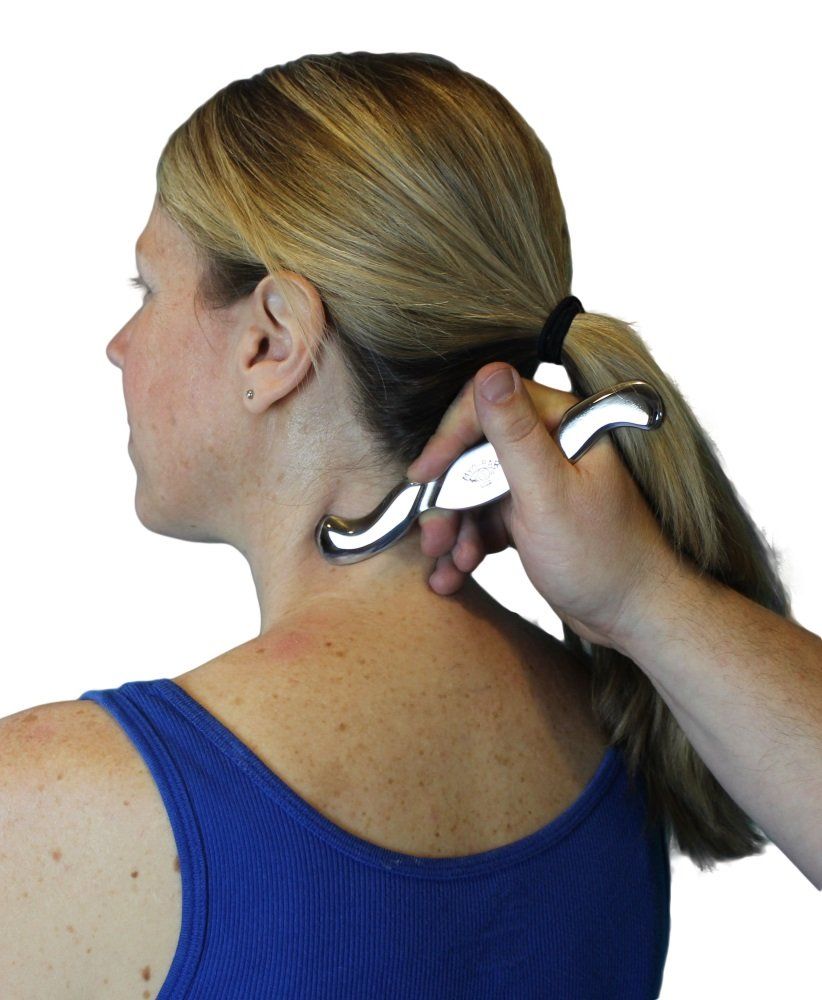Best IASTM Tools for Sale - Top 10 Key Considerations for Better Myofascial Results
Dr. Matt Hajzl • May 5, 2021
There are many different kinds of IASTM Tools that have evolved from the amalgam of David Graston profiles with Gua Sha tools introduced in the mid 1990's. Understanding these key considerations will assure the best choice for your practice.

Before I list the top 10 considerations, let me dispel the myth that all IASTM tools for sale function the same. If you are the kind of person that shops the cheap import bin at the local hardware store... then you might not be convinced there is any difference. However, anyone that appreciates quality tools, be it in the kitchen or the garage, you know that frustration and sub par results can be avoided by using the right tool for the job. Its true, it's hard to tell the difference just by looking at pictures of IASTM tools. So what are the considerations that can help you make the right choice to get better clinical results?
Top 10 Key IASTM
Tool Considerationsfor Improved Clinical Results
1. Material
-
aluminum, jade, plastic, and stainless steel have all be used, but experienced professionals prefer stainless steel... here's why:
Aluminum has a dull resonance making it difficult to determine restrictions in the myofascial tissues and also reacts with oils in the skin (and can cause allergic reactions). Jade was the go-to for historical Gua Sha but cannot be sanitized and is easily broken. Plastic can be used clinically, but ultimately stainless steel offers better durability, diagnostic resonance, and is easily sanitized. The "stiffness" of stainless steel is thought to facilitate the phenomenon called "diagnostic resonance" where fibrous tissue in the fascia can be felt by both the patient and practitioner.
2. Set Configuration - the right combination of IASTM tools makes all the difference.
One tool cannot do everything, but then again... you don't need 10 Instruments either. Generally, IASTM tools are configured by edge geometry, various sizes of convexity or concavities to fit the tissues of the body. The best fit for clinical practice will be getting the most amount of features in the least amount of instruments.
3. Finish Quality
- abrasions, pock marks, nicks, sharp corners, or pitting can be easily be felt (even painfully) by the patient.
Many IASTM Tools or Graston Tool analog types are made in high-volume production facilities in China. The problem with this is lack of quality control. It takes a human being to hand finish a quality myofascial tool and remove sharp machining characteristics. Ultimatlly, the surface contact is the most important aspect of your clinical treatment- if it is not comfortable for the patient it will be ineffective.
4. Ergonomics
-
consider that you have to hold your IASTM tools, sometimes for several or more patient visits per day.
The main appeal for the use of IASTM tools in physical therapy, massage, chiropractic, practice is not only better results for sports & myofascial injuries... it is easing the stress on the practitioners body. Awkward thin and sharp metal tools are hard to hold, especially if emollient is being used. Always consider the comfort, hold, & ergonomic features of your myofascial tools.
5. Treatment Room Logistics
- cleaning, organizing, and efficiency should all be considered.
Where do you set your tools after use on a client? Not on the table or in your pocket! It is important to have a sanitary tray for setting and sanitizing your instruments. A fancy travel case with foam inserts is useless in the treatment room, because foam is a breeding ground for infectious bacteria. Efficiency is best achieved by using the least amount of instruments possible for a treatment. This requires having as many features as possible on different sized tools.
These tools come standard with FDA approved organizational tray to place tools during treatment. You'll never have to wonder where to set your instrument and you can sanitize them right in the tray.
6. Integration with other Therapies
- Instrument Assisted Soft Tissue Mobilization is an adjunct therapy.
An "adjunct" complements something else. IASTM is not a stand alone myofascial therapy, because it is nothing more than an extension of the hands. Cyriax Cross Friction, Trigger Point Therapy, Gua Sha, and Fascial Manipulation are all comprehensive therapies performed by hand that can be integrated and potentiated with the use of tools. Many people think there is some difficult technique when you use a tool... but think about it, you still have to incorporate the same pressure, stroke direction, amplitude, and stroke frequency that you would with any hands-on technique.
7. Patient Education
- educating your patients can help them support their recovery by becoming more compliant.
IASTM is exciting to the patient. They can
feel when you glide the instrument over a problem area of fibrous tissue, trigger point, or scar. This direct feedback is often lacking in other therapy approaches. Patients will be more motivated to make their therapy appointments and tell others about your clinic that provides this niche therapy
8. Range of Anatomical Targets
- having instruments sized correctly for anatomy makes all the difference.
A nice small tool, easy to manipulate in the hand is a joy to use for small strokes on small anatomical targets in the wrist, hand, elbow, a/c joint, sacral ligaments, etc. For small fibrous lesions, using a large bulky tool would be uncomfortable. The same is true for big muscle groups in the back or lower extremity that would be inefficient to treat with a small scaled tool, and would be best managed with a larger myofasical bar.
9. What Conditions will you Treat?
-
This is the fun part- myofascial tools make treating certain dreaded conditions much more fun.
Plantar Fasciitis, Tennis Elbow, Illiotibial Band syndrome are all notoriously difficult and time consuming to treat. No so with instruments. Now you will actually look forward to these cases. Not only will the patients get better quicker, but your body will be much less fatigued not having to do exert so much energy with all hands on techniques.
10. Price
-
nobody wants to pay too much, but if you go too cheap it could affect the success of your therapy.
Let's be honest, there are some brands that cost way too much. And, there are also some really cheap nock-off's mass produced in China. But, there are several quality tools made in America that don't have the sticker shock of the legacy brands and will serve your patients much better than inferior quality instruments.
The Best IASTM tools for sale Will Serve Your Practice Without Fail for a Lifetime.
It used to be that you had to pay an arm and a leg to add instrumented technique to your practice. Today, there are many instruments to choose from and many resources for learning. Check out other resources on this website and feel free to contact me anytime to answer your questions. The world's best IASTM tools for sale are within reach!
About Dr. Matt Hajzl
I attended the first Graston Technique seminar in Chicago in 2001 and realized the potential of instrumented soft tissue therapies could be improved greatly with three things: expanded range of profile geometry, ergonomic hand hold features, & non-proprietary educational resources. In 10 years, MyoBar has become a leader in the field with thousands of instruments in use in the United States and over 50 countries worldwide.
Sign up for the IASTM newsletter below for clinical pearls & periodic promotions on MyoBar IASTM Tools




